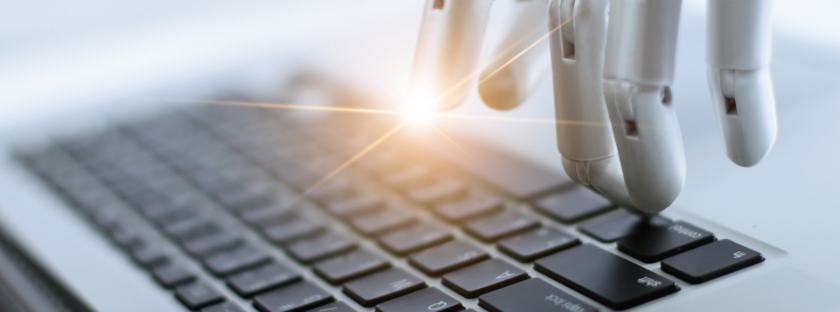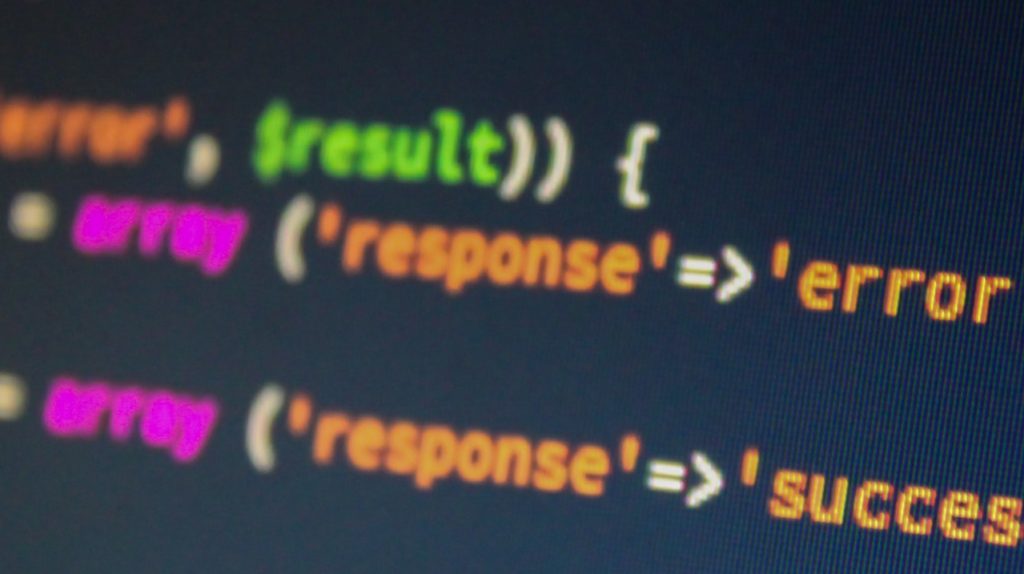
The Impact of Machine Learning
I talk to many executives about technology, and there is one term that is at the top of everyone’s list: machine learning (sometimes ML for short).
There’s a good reason for this. Machine learning has the potential to radically change every industry: farming, law, retail, utilities — and everything in between. To help understand why let’s dive into how machine learning works with an example all of us can relate to: traffic lights.
machine learning example-traffic lights
No one wants to wait
Imagine, if you would, the city you live in decides to optimize the flow of traffic at a particular stoplight, and they are sparing no expense. They hire a crack team of PHDs that monitor the traffic light 24 hours a day, seven days a week. In addition to counting cars, delay times, and the number of people affected, they also write down every car license plate number so they can predict when Joe — who commutes home around 5:30 p.m. most days, but 5:07 p.m. on Friday for family dinner — is going to be showing up.
They monitor all days of the year as well, so they can factor in holiday variations and cross-reference weather patterns (snow, rain, temperature changes) to see if that has an effect. Then they take that mountain of data, spend months behind closed doors crunching numbers, arguing about priorities, generating computer models — and at the end of the day have created the optimal stoplight sequence.
Now multiple that by the three dozen stoplights on that particular stretch of road. And factor in that Joe moved out and was replaced by Sally, who works the night shift. So you get the point — we’ve got a data problem.
 We have a data problem
We have a data problem
It’s not that we don’t have enough data. We have too much data, and in most industries, we have now surpassed human abilities to process it. Machines don’t have that problem. Machine learning systems allow an unlimited amount of data to be input, and an unlimited number of solutions can be output until we solve the problem.
Let’s take the traffic light. What if instead of a group of PhDs we setup some cameras to monitor all of the traffic lights on a stretch of road in the city? Not only would this be vastly cheaper, but it would also be much more accurate and auditable. All of this data could then be fed into a machine learning algorithm with a simple mission: reduce the amount of time people spend waiting at these lights.
Armed with this data, this algorithm can take in an unlimited amount of constantly changing information to create an ideal, continually evolving solution to that simple problem. At first, the computer proposed solution would likely be random flashes of green and red, but through trial and error, it would end up with an ideal solution. Rather than conducting these practice runs on real traffic lights, cars and traffic patterns could be simulated, so any solutions applied in the real world are relatively mature.
Why haven’t we done this before?
The concept of machine learning is not new. The term machine learning itself was coined by Arthur Samuel back in 1952, based on a model of brain behavior published in a book in the 1940s.
What has been missing until now is 1) the computing power and 2) data availability. Advances in technology have solved both of these gaps and coalesced in the cloud. Now the most significant barriers are understanding, interest and funding.
This is going to change everything
Over the next five to 10 years, it’s essential to understand that machine learning has the potential to transform everything radically. There’s no way of calling out every opportunity, but here are a few ideas:
• What if retail store hours and staffing were dynamically set to maximize profits or customer happiness?
• What if legal case document review and even legal arguments were informed by algorithms?
• What if industrial equipment or even car maintenance was conducted based on specific usage rather than dates?
• What if purchasing of raw materials was informed by real-time retail purchasing?
If I missed your industry, the impact of machine learning won’t. It’s only a matter of understanding, interest, and funding.
* By Joaquin Lippincott, CEO, Founder, Metal Toad
